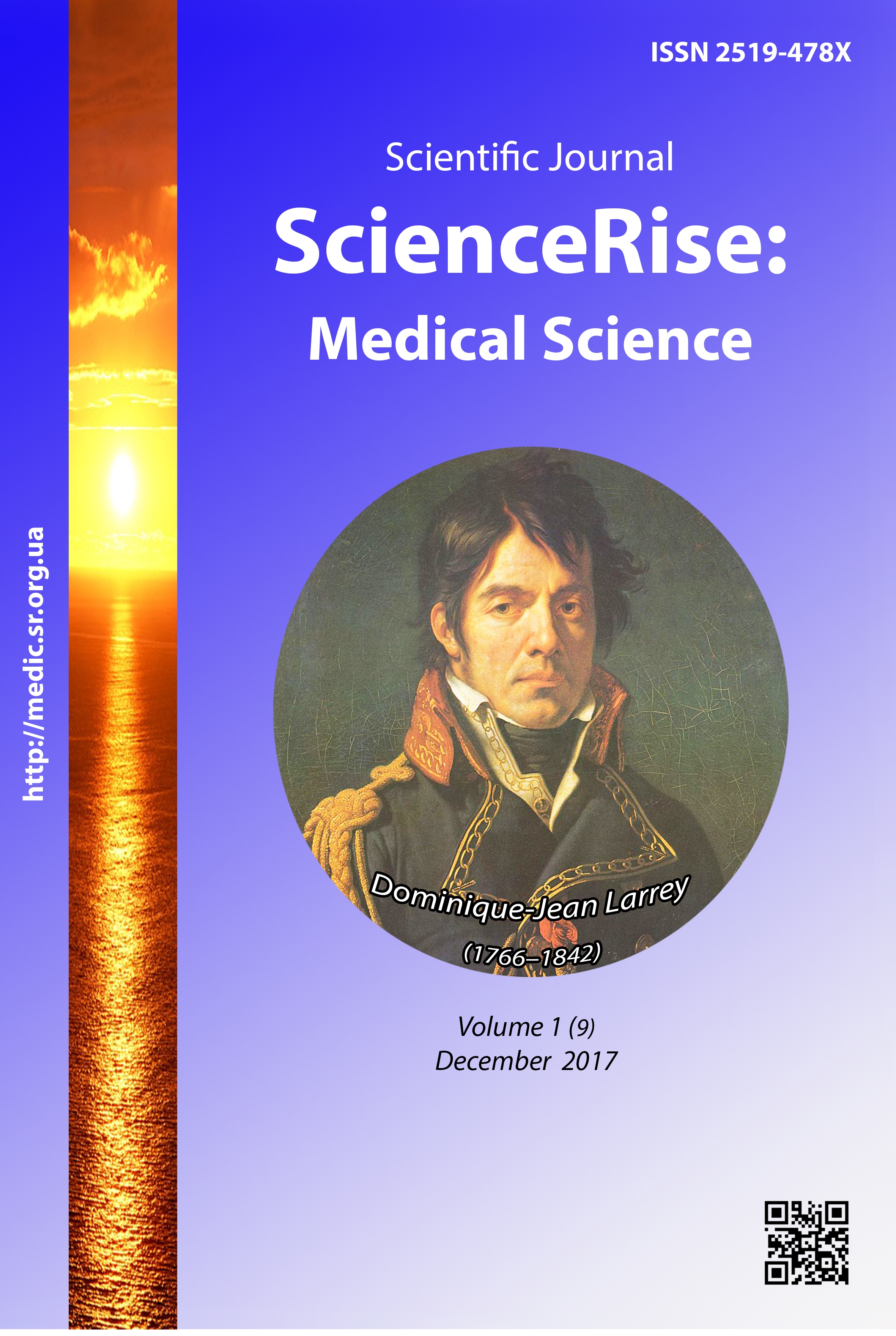The role of self-esteem in patients of cosmetologist
DOI:
https://doi.org/10.15587/2519-4798.2017.91010Keywords:
self-esteem, self-attitude, cosmetological patients, appearance, medical-psychological help, psychodermatology, cosmetological medicineAbstract
The aim of the work was the revelation of self-esteem in cosmetological patients.
Contingent and methods of research. The research was carried out on the base of medical center “CA-Clinic” during 2014 – 2016. The testing included 286 women, who addressed for cosmetological help.
Results. The self-attitude of women with low self-esteem, who addressed to the cosmetologist, was disharmonious and was characterized with the high level of self-non-acceptance, lowered self-respect and self-understanding, alienation of subjectively negative features, exaggeration of imperfections, acute self-criticism. In women with high self-esteem the disorder of harmony was manifested by the high level of self-acceptance, exaggeration of positive features and absence of criticism to the negative ones, lowered self-reflection.
Conclusions. Cosmetological patients, who have the lowered or high self-esteem form the separate category of clients and need the use of medical-cosmetological arrangements, directed on disharmonic self-attitude
References
- Saradzhveladze, N. I. (1989). Personality and its interaction with the social environment. Tbilisi: Metsniereba, 112.
- Aleksandrov, A. A., Bagnenko, E. S. (2012). Psychological characteristics of women with cosmetic defects of the facial skin. Herald of psychotherapy, 41 (46), 52–66.
- Bodnar, L. A. (2011). Clinical-psychopathological and pathopsychological characteristics of patients who turned to plastic surgeons for rhinoplasty. Mental Health, 1-2 (30-31), 4–7.
- Sharma, P., Sreejayan, K., Ghosh, S., Behere, R. (2013). Psychiatric evaluation in dermatology: An overview. Indian Journal of Dermatology, 58 (1), 39–43. doi: 10.4103/0019-5154.105286
- Filakovic, P., Petek, A., Koic, O., Radanovic-Grguric, L., Degmecic, D. (2009). Comorbidity of depressive and dermatologic disorders – therapeutic aspects. Psychiatria Danubina, 21 (3), 401–410.
- Conrado, L. A., Hounie, A. G., Diniz, J. B., Fossaluza, V., Torres, A. R., Miguel, E. C., Rivitti, E. A. (2010). Body dysmorphic disorder among dermatologic patients: Prevalence and clinical features. Journal of the American Academy of Dermatology, 63 (2), 235–243. doi: 10.1016/j.jaad.2009.09.017
- Petrova, N. N., Gribova, O. M. (2014). Dysmorphophobia in clinic of aesthetic surgery. Mental disorders in general medicine, 1, 26–30.
- Moroz, S. M., Yavorskaya, I. (2015). Dysmorphophobia and Dismorphomania: mirrors cheating. Cosmetologist, 6 (74), 108–110.
- Thompson, A. R. (2013). Body Image in dermatology. Mental disorders in general medicine, 2, 36–39.
- Sats, E. A., Slobodchikov, I. M. (2015). Features of consciousness of women as clients of cosmetic services. Modern problems of science and education, 1. doi: 10.17513/spno.121-18589
- Tkhostov, A. Sh., Vinogradova, M. G., Ermusheva, A. A., Romanov, D. V. (2014). Psychological aspects of pathological bodily sensations in psychiatric disorders, realized in the area of the skin. Mental disorders in general medicine, 1, 14–25.
Downloads
Published
How to Cite
Issue
Section
License
Copyright (c) 2017 Михайло Анатолійович Юдін

This work is licensed under a Creative Commons Attribution 4.0 International License.
Our journal abides by the Creative Commons CC BY copyright rights and permissions for open access journals.
Authors, who are published in this journal, agree to the following conditions:
1. The authors reserve the right to authorship of the work and pass the first publication right of this work to the journal under the terms of a Creative Commons CC BY, which allows others to freely distribute the published research with the obligatory reference to the authors of the original work and the first publication of the work in this journal.
2. The authors have the right to conclude separate supplement agreements that relate to non-exclusive work distribution in the form in which it has been published by the journal (for example, to upload the work to the online storage of the journal or publish it as part of a monograph), provided that the reference to the first publication of the work in this journal is included.









